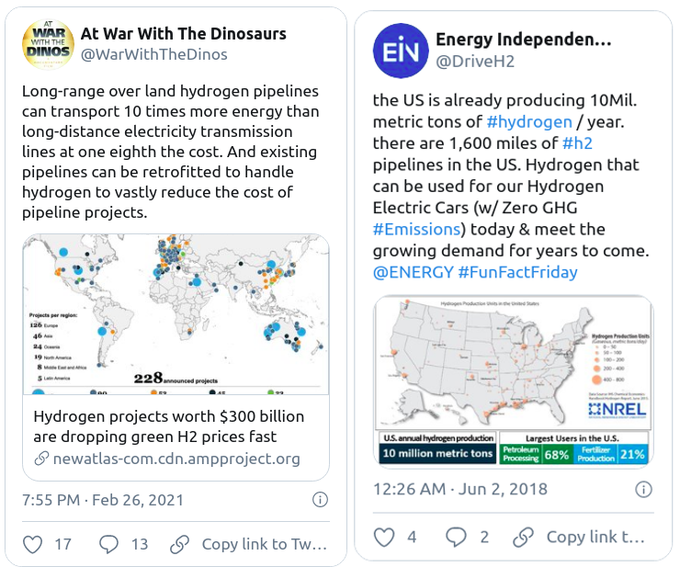Wires vs Pipes
"Underlying the policy debate on energy is a fault line – a chasm between two basically different approaches. Not the usual one between big centralized and small decentralized energy, although that is part of it. This goes deeper. It concerns the basic, often unspoken, assumption that electricity is the key energy vector. We have the idea that electrification is modernization. It’s not just Lenin who said that, it’s everyone ever since, everywhere. It made sense. Electricity was clean, fast, controllable, and it has become increasingly valuable [..].
However, there is another viewpoint from which these possible new electric-power-demand-boosting developments do not look such good news. It’s based on a rival assessment of what makes sense in terms of meeting energy needs — the use of gas as an energy vector. This option is claimed to be more efficient and less costly than electricity for heating, and possibly for other purposes [..].
It is certainly easier to transmit gas with lower energy losses. And it can be stored, unlike electricity. In the UK gas is the main source of heat. With heating demand being high at times, the UK gas grid carries about four times more energy than the electric power grid. That is why some say it is foolish to try to switch over to electric heating — the power grid could not cope without massive expansion [..]

We have a polarity of views – essentially between backers of 'pipes and 'wires'. Moving the context to the climate debate, the electric wire lobby says the energy system can best be decarbonized by sending power from wind, solar and other renewables to energy users down wires, including for heating and for charging electric vehicles (EVs). The pipe lobby says that, for heating, it makes more sense to stay with the gas grid and standard appliances but switch over to green gas. That way, you don’t have to make many changes whereas to use electricity efficiently you would have to install expensive heat pumps in every house. Green gas can also be used for vehicles, as compressed natural gas already is"
"Longer-term, a hydrogen pipeline network offers the most cost-efficient means of distribution. For example, pipelines can transmit 10 times the energy at one-eighth the costs associated with electricity transmission lines and have capex costs similar to those for natural gas. The industry can partially reuse existing gas infrastructure, but even newly constructed pipelines would not be cost prohibitive (assuming leakage and other safety risks are properly addressed). For example, we estimate the cost to transport hydrogen from North Africa to central Germany via pipeline could amount to about USD 0.5 per kg of H2 – less than the cost difference of domestic renewable hydrogen production in these two regions"
Verification of the 10x tranmission; take 10 m/s gas flow, at 350 bars density H2 is 28 kg/m3, assuming a pipe output area of 1 m2, energy density of 33.6 kWh/kg. Compare it with a standard tower [1] a 765 kV line which can reliably transmit 2200-2400 MW [2].
dens = 33.6 # kWh/kg
kg_vol = 28 # kg/m^3 at 350 bars
v = 10 # m/s, conservative flow speed
A = 1 # m^2, pipe crosssection area
kg_1h = v*A*kg_vol*60*60 # in one hour
print (kg_1h*dens / 1000.0, 'MW')
33868.8 MW
This is the power carried by gas pipeline compared to 2400 MW by typical 765 kV electrical tower.
"Approximately 1,600 miles of hydrogen pipelines are currently operating in the United States. Owned by merchant hydrogen producers, these pipelines are located where large hydrogen users, such as petroleum refineries and chemical plants, are concentrated such as the Gulf Coast region. Transporting gaseous hydrogen via existing pipelines is a low-cost option for delivering large volumes of hydrogen"
This paper [4] also verifies the efficiency of gas transmission over electricity.
References
[1] Typical Elec Tower Pic
[2] US Electical Power, Transmission Facts
[4] Cost of long-distance energy transmission by different carriers